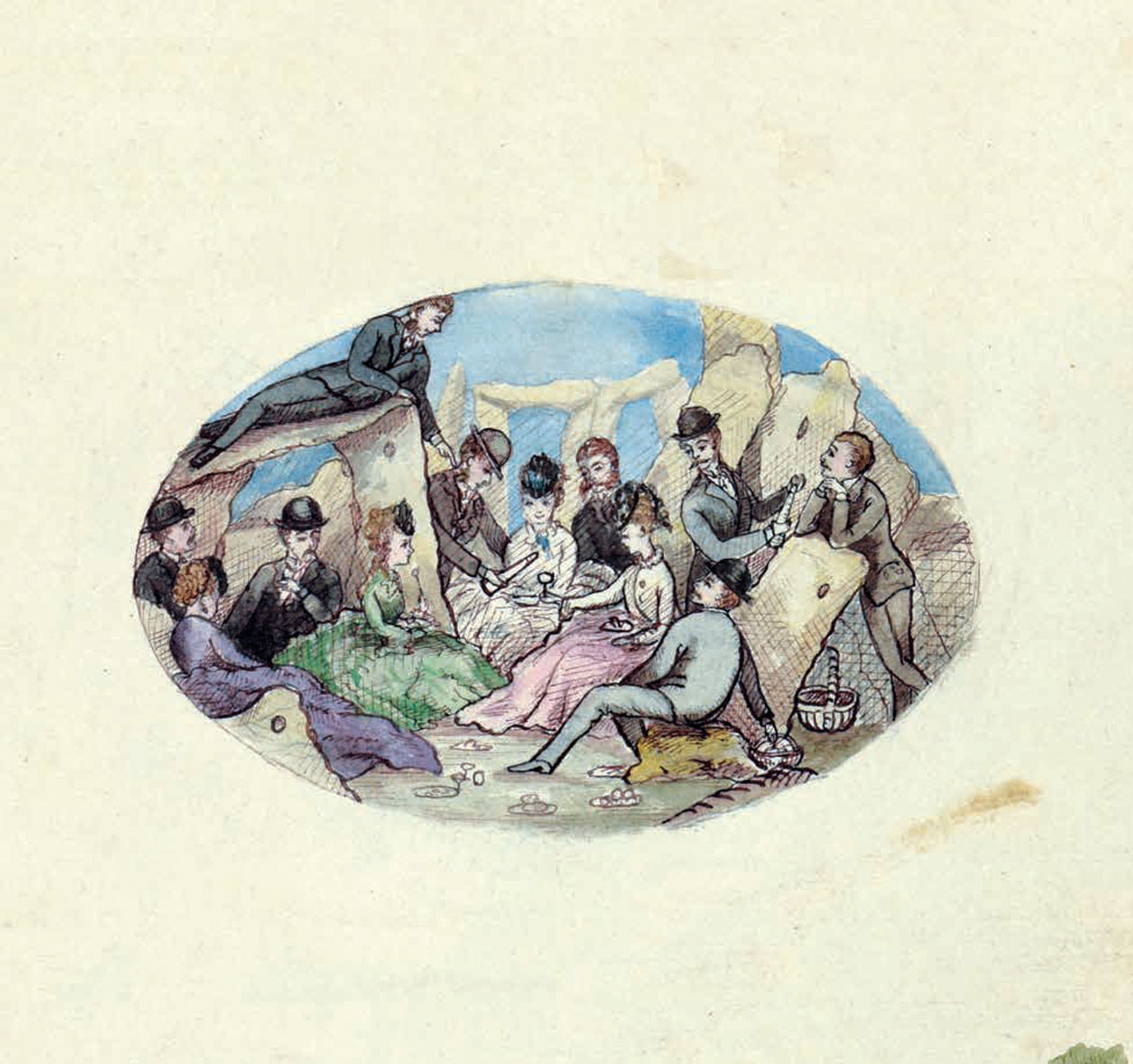In medieval times, travelling was either limited to the wealthy classes, or done for religious reasons or pilgrimage. Early modern Europe saw the introduction of the Grand Tour, mostly popular with noblemen, but also with craftsmen, explorers and scholars. This meant that people had a personal reason for travelling. Malta was already an attraction to visitors in the early modern period, and this did not change when Malta became a British protectorate. Visitors arrived on our shores for both leisure purposes or in service. Seaside holiday time was also an aspect that became popular towards the end of the 19th century, as swimming was regarded as being healthy and promoted circulation.
Frances Susanna Bunbury (1850-1915) and Louisa Harriet Constance Cometina Bunbury (1843-1923), visited Malta in the winter of 1871-1872. During their stay, they attended balls, exhibitions, and visited archaeological sites and enjoyed festivities. The writings of paymaster John Cecil Baker (1876-1958) also give insight into the life of an officer of the British Mediterranean Fleet, between duties and leisure.
Today, tourism is a major component of the country’s economy, constituting a substantial percentage of the nation’s Gross Domestic Product (GDP). Visitors to the Maltese Islands are nowadays more international, as the vast historical timeline and traditional icons of our heritage still attract people from all walks of life.


















